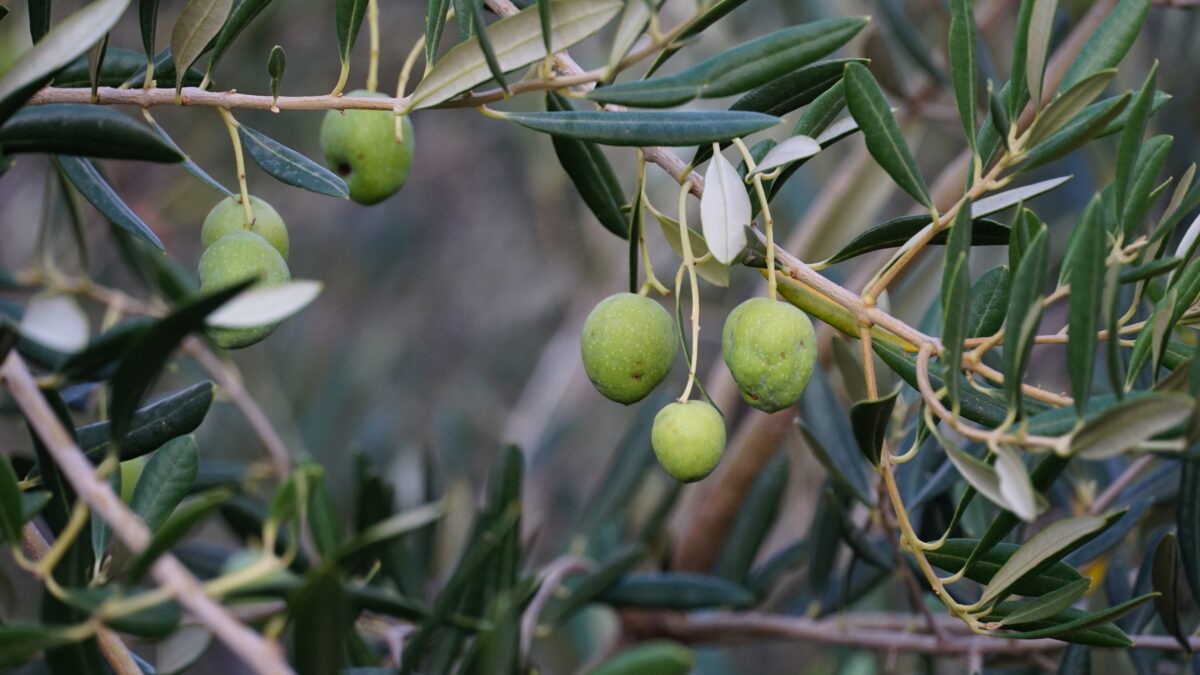The olive fruit fly (Bactrocera oleae) is the most significant pest affecting olive trees, with direct impacts on both the quantity and quality of olive products. Advances in technology are now offering solutions that minimise the cost of pest control. Examples of data collection and processing technologies that could be utilised to protect against the olive fruit fly include smart mobile devices, GPS trackers, telemetric weather stations and internet applications.
More specifically, smart mobile devices play a vital role in positioning fly traps and counting olive fly populations. Using specialised applications, these devices can link traps with GPS coordinates, record population data and verify the data through photographs. These data are transmitted via the internet to a central platform where they are processed and then used to support decision-making tools.
Telemetry weather stations can also provide solutions, as microclimatic conditions in each region greatly influence the development of the olive fly population. Stations feed data to specialised models capable of predicting olive fly spawns with precision. Combined with processed trap data, this predictive ability facilitates decision-making through agricultural warnings. These warnings (decision-making tools) can guide the scheduling of spraying operations, prioritising the most critical areas.
Additionally, the number of sprays can be adjusted based on the warnings, either to reduce resource use where it is not necessary or to concentrate efforts where damage is likely, thus preventing large-scale losses. In terms of monitoring spraying operations, GPS tracker systems offer a solution to the problem of inadequate control. These trackers are mounted on tractors and record the routes of sprayers, collecting data on the conditions during application. These data are transmitted directly to the central system, enabling farmers to ensure that spraying operations are carried out correctly.










